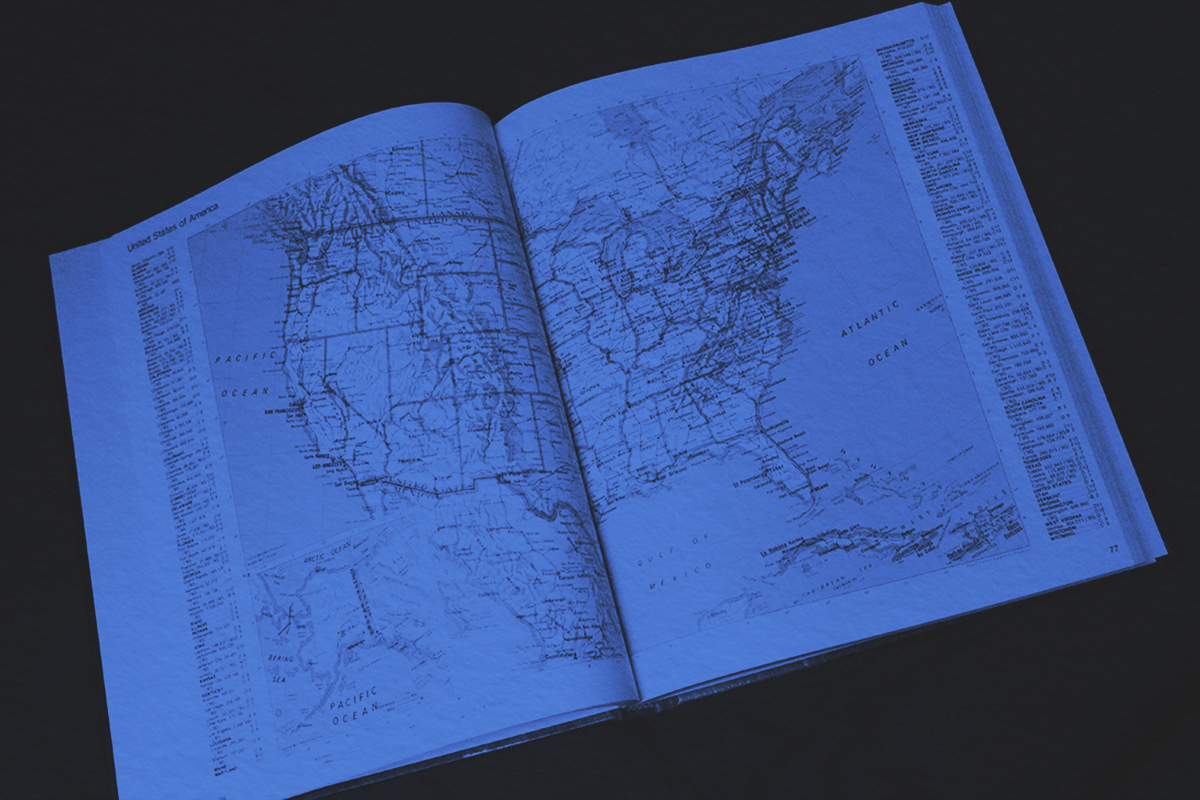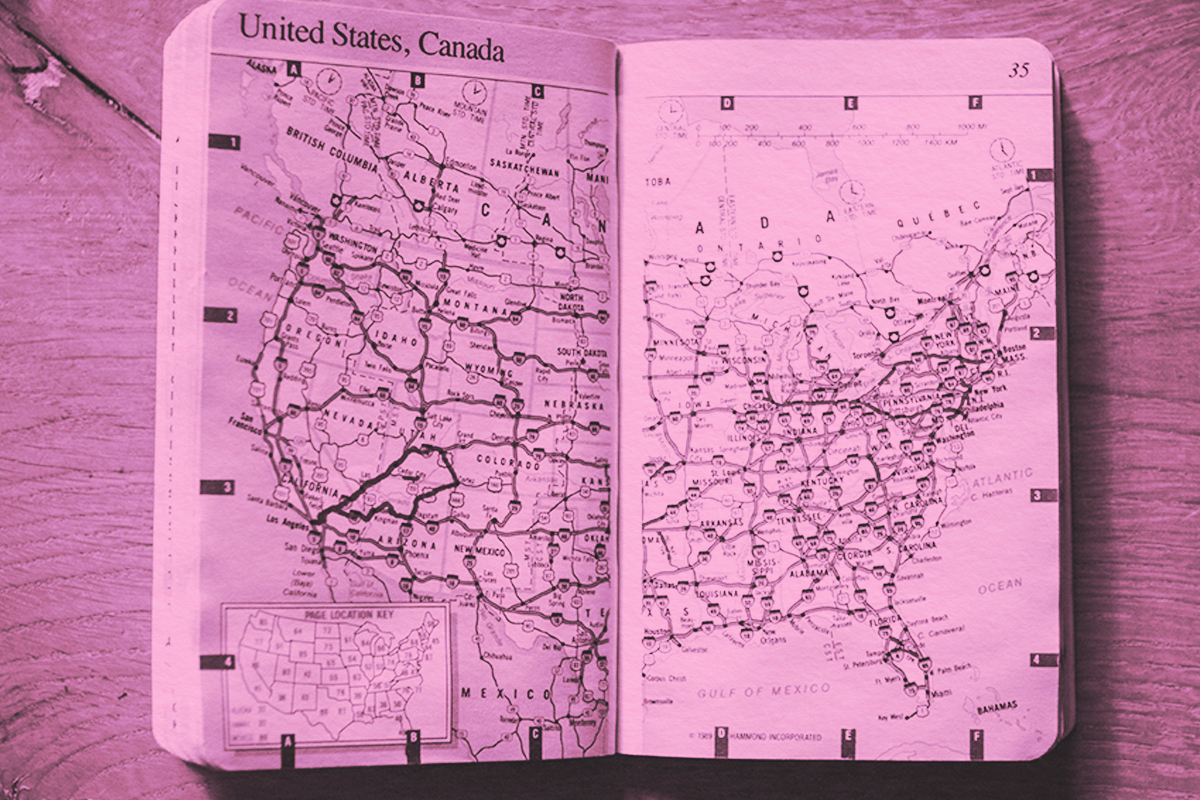
Grammar 101 tells us that a common noun is any person, place, or thing. But when does a noun become a proper noun? Despite what the name may suggest, proper nouns have nothing to do with good etiquette, wearing a tuxedo, or having a British accent. Instead, the term refers to a noun that’s one-of-a-kind — a specific and individual person, place, or organization. Take, for instance, the Taj Mahal. There’s only one in the world. This means “Taj Mahal” is a proper noun, whereas the words “mausoleum” and “landmark” are more generic common nouns that could refer to the Taj Mahal, or a number of other places.
Proper nouns include people’s names, even if several folks share the same moniker. While there may be hundreds of individuals in the world named “Sandra Jones,” only one of them sits next to you at work. That level of specificity is enough to have their name classified as a proper noun. Brand names are proper nouns because there’s a distinction between “cookie” (a common noun referring to anything under the cookie umbrella) and “Oreo” (a proper noun designating the specific chocolate sandwich cookie originally made by the Nabisco company).
The easiest way to spot a proper noun in English is to look for capitalization. If someone writes the phrase “I like dolphins,” you can assume they’re referring to the animal in general. But if you see “I like the Dolphins,” it’s fair to assume they’re referring to the very specific NFL team called the Miami Dolphins. At the end of the day, specificity is the defining factor for proper nouns. If you’re talking about a person you know, a unique location, or the Big Mac you’re about to eat, chances are you’re using a proper noun.




















